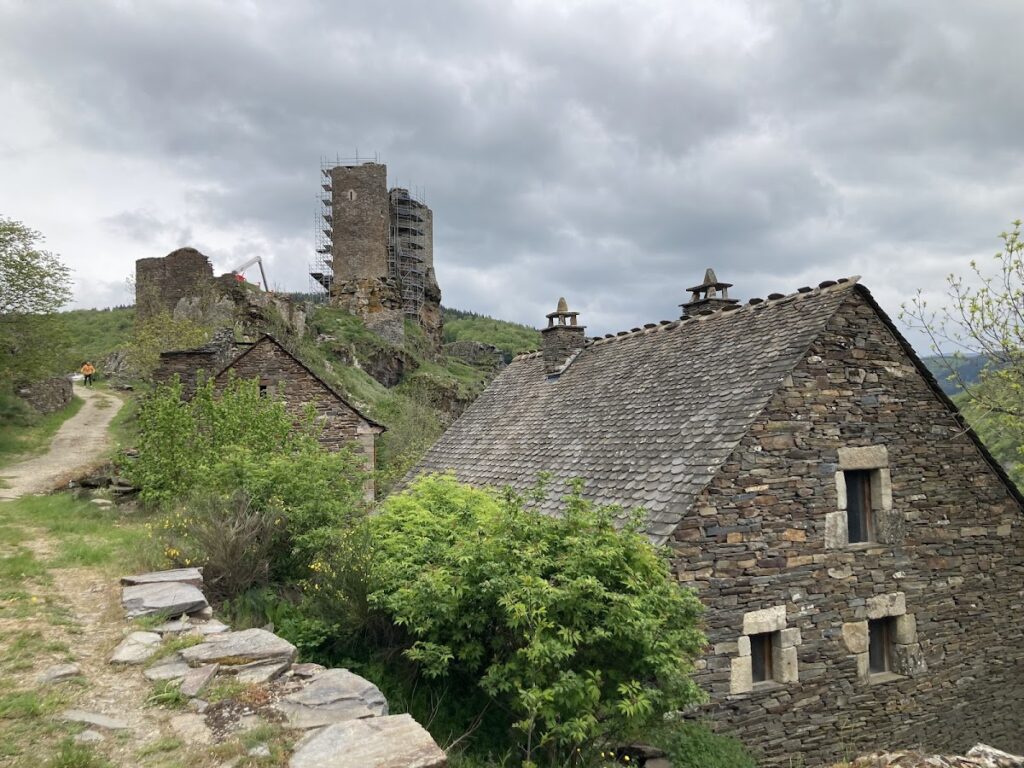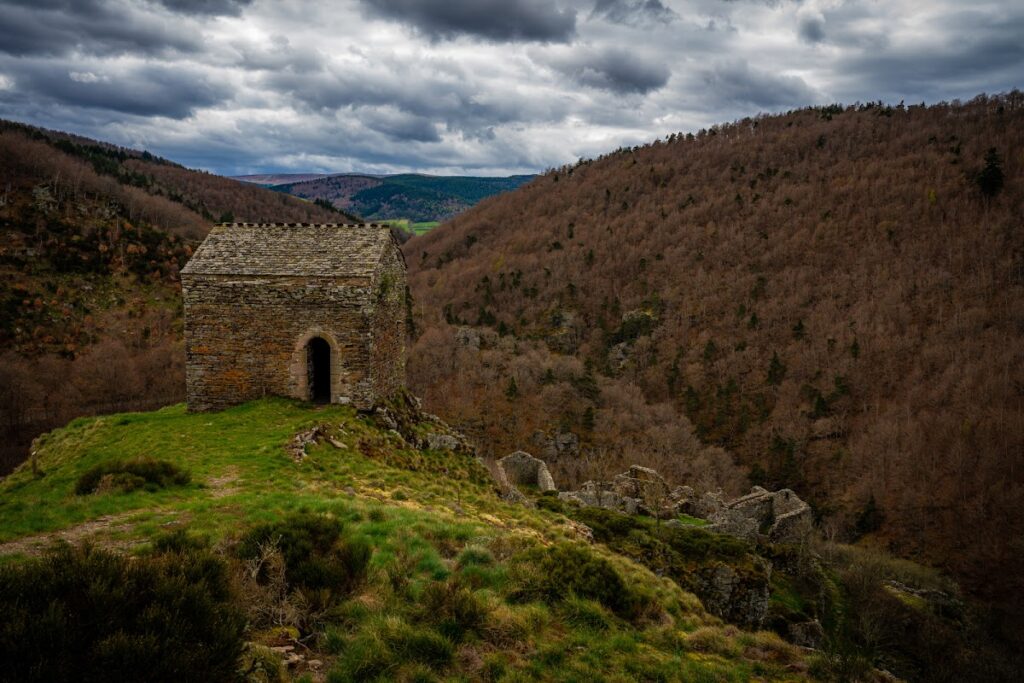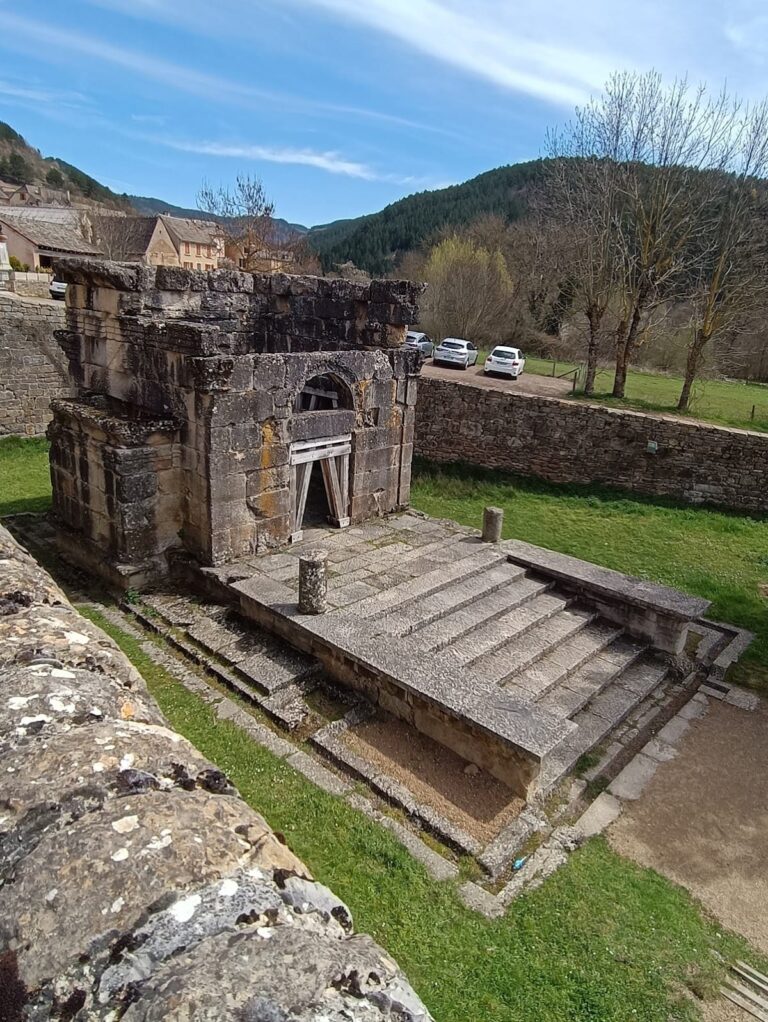Château du Tournel: A Medieval Fortress in Mont Lozère et Goulet, France
Visitor Information
Google Rating: 4.6
Popularity: Very Low
Google Maps: View on Google Maps
Country: France
Civilization: Unclassified
Remains: Military
History
The Château du Tournel stands in the municipality of Mont Lozère et Goulet in France, built during the medieval period by feudal lords who shaped the region’s history. This castle served as the stronghold of the Barons of Tournel, one of the significant noble families governing parts of Gévaudan.
Before the 13th century, the lords associated with this family were identified more commonly as seigneurs, or local lords, rather than barons. Their earliest known seat was at Chapieu, where fortifications were reinforced by Aldebert III du Tournel, a bishop and son of Odilon-Guérin I. The family adopted the name Tournel around 1215, with the first surviving record from 1219 marking an homage by Odilon-Guérin to the Bishop Guillaume IV de Peyre.
Following these developments, the Château du Tournel was established as the main residence and administrative center, controlling domains stretching from Mont Lozère to the town of Mende along the Lot valley, including the Valdonnez valley. Around 1307, the family elected to relocate their primary residence to the Château du Boy in the Valdonnez area, seeking greater comfort away from the highly defensive but less habitable position at Tournel. Despite this move, Château du Tournel maintained its reputation as an impregnable fortress and was used as a refuge during the frequent medieval conflicts throughout Gévaudan.
The castle’s defensive importance endured into the late 15th and early 16th centuries but faced destruction during the French Wars of Religion around the year 1500. Subsequent assaults by Protestant forces commanded by Matthieu Merle further damaged the structure. Although the baron at Boy managed to recapture the site, the castle was ultimately abandoned and left unrestored thereafter.
In modern times, efforts to preserve the ruins began in the 20th century, including stabilization work and the establishment of educational trails. Ownership passed to the local commune in 2018, focusing on safeguarding this emblem of the region’s feudal past.
Remains
The Château du Tournel occupies a commanding rocky outcrop overlooking the upper Lot valley, granting strategic views of the surrounding landscape, including the prominent Mont Lozère peak. Its location maximized natural defenses, enhanced by a series of architectural features designed for protection and control.
Access to the castle involved passing through seven consecutive gates, some positioned alongside steep cliffs adjacent to the Lot River. This succession of barriers created multiple defensive layers, forcing any attacker to overcome several obstacles before reaching the inner enclosures. The network of gates and paths controlled movement tightly while exploiting the terrain’s natural difficulties.
The castle complex included six towers, which provided vantage points and defensive positions. Among these is a habitable donjon, or main tower, constructed in the 13th century, notable for its domestic function as well as defense. Remnants of wall plaster with decorative rosettes have been discovered near the latrine area within this tower, indicating attention to interior ornamentation unusual in strictly military structures.
Additionally, the site contained a chapel dedicated to Saint Peter, reflecting the integration of spiritual life within the castle grounds. This chapel connects the fortress to the religious practices and affiliations of its inhabitants.
Today, the ruins survive in a partially consolidated state due to 20th-century preservation work, which has prevented further decay. Visitors can follow a marked trail that leads through the remains, offering insight into the castle’s layout and the fortifications that once rendered it nearly impregnable. These preservation efforts have allowed the key structural elements and their historical context to remain accessible and interpretable.










